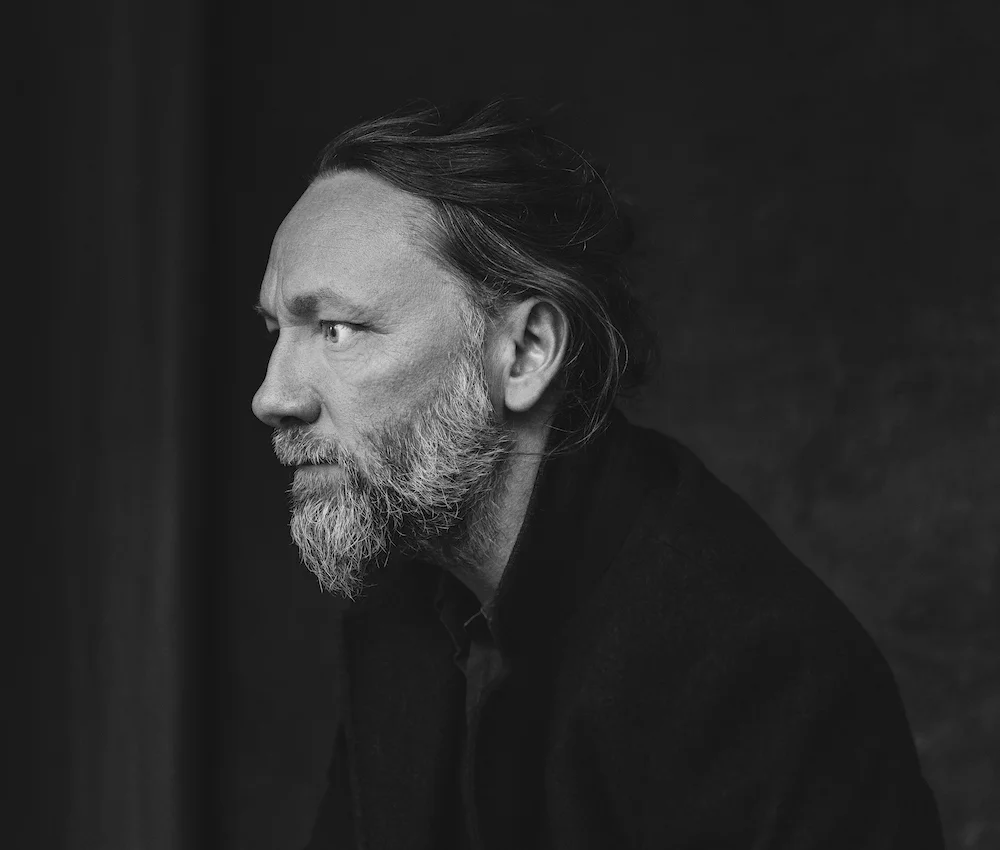Michał Korta, born and raised in Poland, is an award-winning portrait and documentary photographer based near Kraków. He studied Photography at the Academy of Fine Arts in Kraków and German Literature at Jagiellonian University.
Korta’s work spans collaborations with press, publishers, and agencies, alongside personal projects across Central Asia, the United States, Israel, the Balkans, and Africa. His photography explores themes of identity, social dynamics, and the layers of history within landscapes and people. He has published three photography books, including Balkan Playground, nominated as one of Poland’s best photo books in 2018.
His photographs have been exhibited across Europe and beyond, and he lectures on photography in Poland and Switzerland. Recently, Korta has focused on portraiture and long-term personal projects, continuing to merge intimate storytelling with striking visual narratives.
Statement
"For years, I have been irresistibly drawn to the art of capturing the essence of creators—artists, musicians, writers, painters, composers, directors, and actors. Through my lens, I strive to craft portraits that are both unadorned and striking, each frame a vivid testament to their singular personality and unyielding spirit. I believe in the power of simplicity and the devotion to craft—the delicate art of feeling the sitter's energy, observing and shaping the light to honor presence. I’a a worshiper of natural light. Even if sometimes I have to modify it according to needs. Light is god."
Awarded Photographer of the Week - Week 48